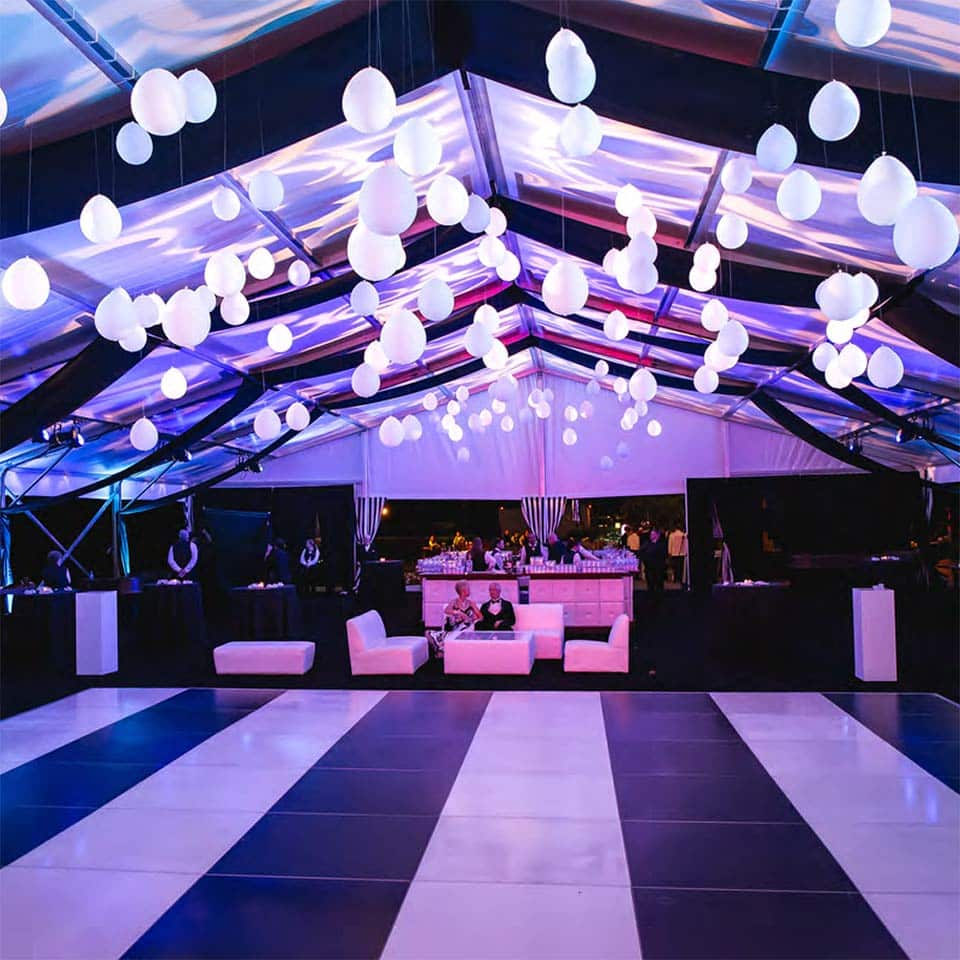Exploring the Benefits and Disadvantages of Wood and Synthetic Performance Floor Components for Optimal Functionality and Visual Appeal
Exploring the Benefits and Disadvantages of Wood and Synthetic Performance Floor Components for Optimal Functionality and Visual Appeal
Blog Article
When it pertains to selecting the appropriate dancing floor material, wood and synthetic are two popular choices that dancers and dance studio proprietors often consider. Each material has its own unique advantages and disadvantages that can affect performance, safety, and visual appeal. Comprehending these variations is crucial for making an informed decision that satisfies the requirements of dancers and enhances the general environment in a dance studio or showcase area.
Wood dancing surfaces are often preferred for their classic look and texture. They offer a natural surface that can absorb impact, which is beneficial for dancers who execute high-impact movements. The flexibility of timber helps reduce the chance of injuries, such as sprains and stresses, by providing a supportive area. Additionally, wood floors can be restored, allowing them to maintain their look over the years. This durability makes them a long-term investment for dancing spaces. However, timber floors can be more costly to set up and maintain compared to synthetic choices, and they may require consistent maintenance to prevent warping or harm from moisture.
Conversely, synthetic dancing floors offer a variety of benefits that make them appealing to many dance spaces. One of the main benefits of vinyl is its cost-effectiveness. Synthetic flooring is generally less expensive to buy and set up than timber, making it a budget-friendly choice for spaces. Furthermore, vinyl is available in a wide range of colors and patterns, enabling for more customization to match the aesthetic of the area. Synthetic surfaces are also easier to clean and care for, as they are impervious to stains and moisture. However, some dancers may find that vinyl does not offer the equivalent level of impact cushioning as wood, which could lead to discomfort during long rehearsal sessions.
Another important consideration to evaluate is the kind of dancing being performed. Different dancing genres may demand distinct surface surfaces for optimal performance. For instance, classical ballet performers often favor timber surfaces because they offer a solid surface for spins and leaps. In comparison, genres like urban dance or contemporary may gain from the slip-resistant properties of vinyl. It is crucial for studio proprietors to consider the main dancing genres taught in their space when selecting a floor material. This consideration can help guarantee that performers have the optimal potential environment while rehearsing and executing.
Visual appeal also play a major role in the decision-making process. Wood floors are often linked with sophistication and heritage, making them a favored option for elegant dancing spaces and theaters. The organic grain and richness of timber can establish a inviting environment that improves the overall experience for both dancers and audiences. Conversely, synthetic surfaces can be designed to mimic the look of timber or alternative substances, offering a contemporary and chic look. The decision between timber and vinyl can ultimately depend on the desired ambiance of the space and the impression that studio owners want to create.
In conclusion, both wood and vinyl dance floors have their own set of advantages and drawbacks that can impact performance and aesthetics. Wood floors provide longevity, impact cushioning, and a traditional appearance, while synthetic surfaces offer cost-effectiveness, ease of maintenance, and design versatility. The choice between these materials should be based on the specific needs of the dancers, the types click over here of dancing being performed, and the general concept for the dance studio. By thoughtfully evaluating these elements, dance studio proprietors can establish an atmosphere that supports optimal performance and enhances the pleasure of dancing for all participating.